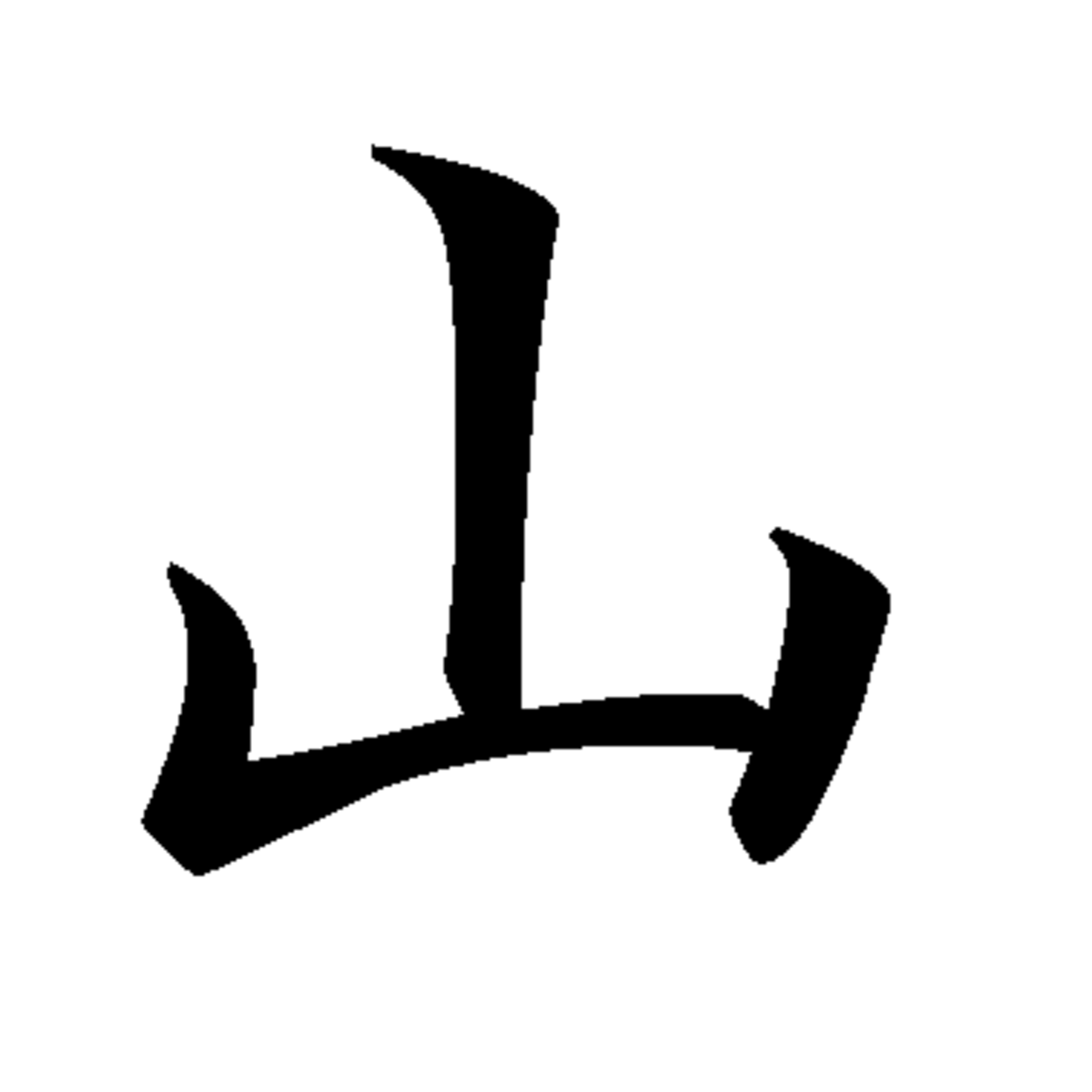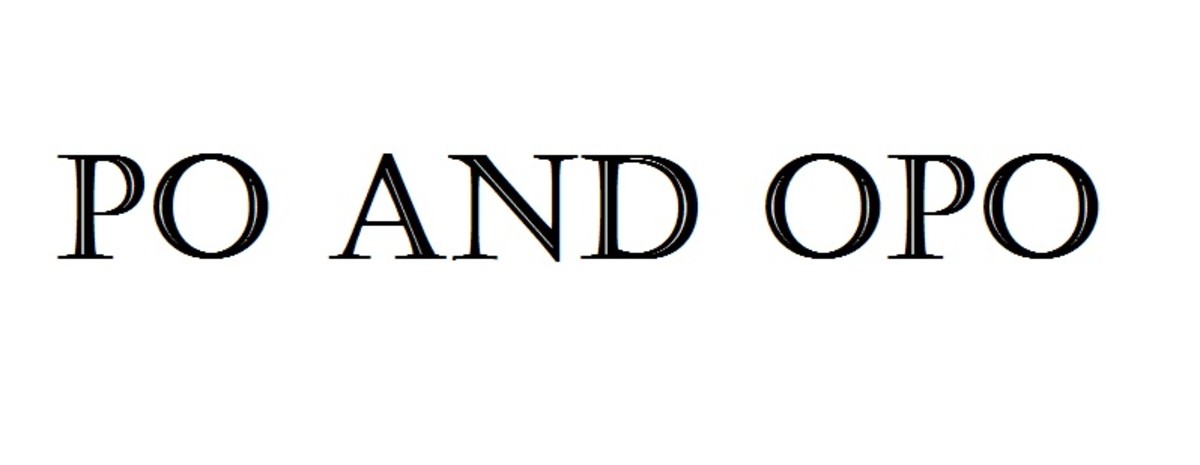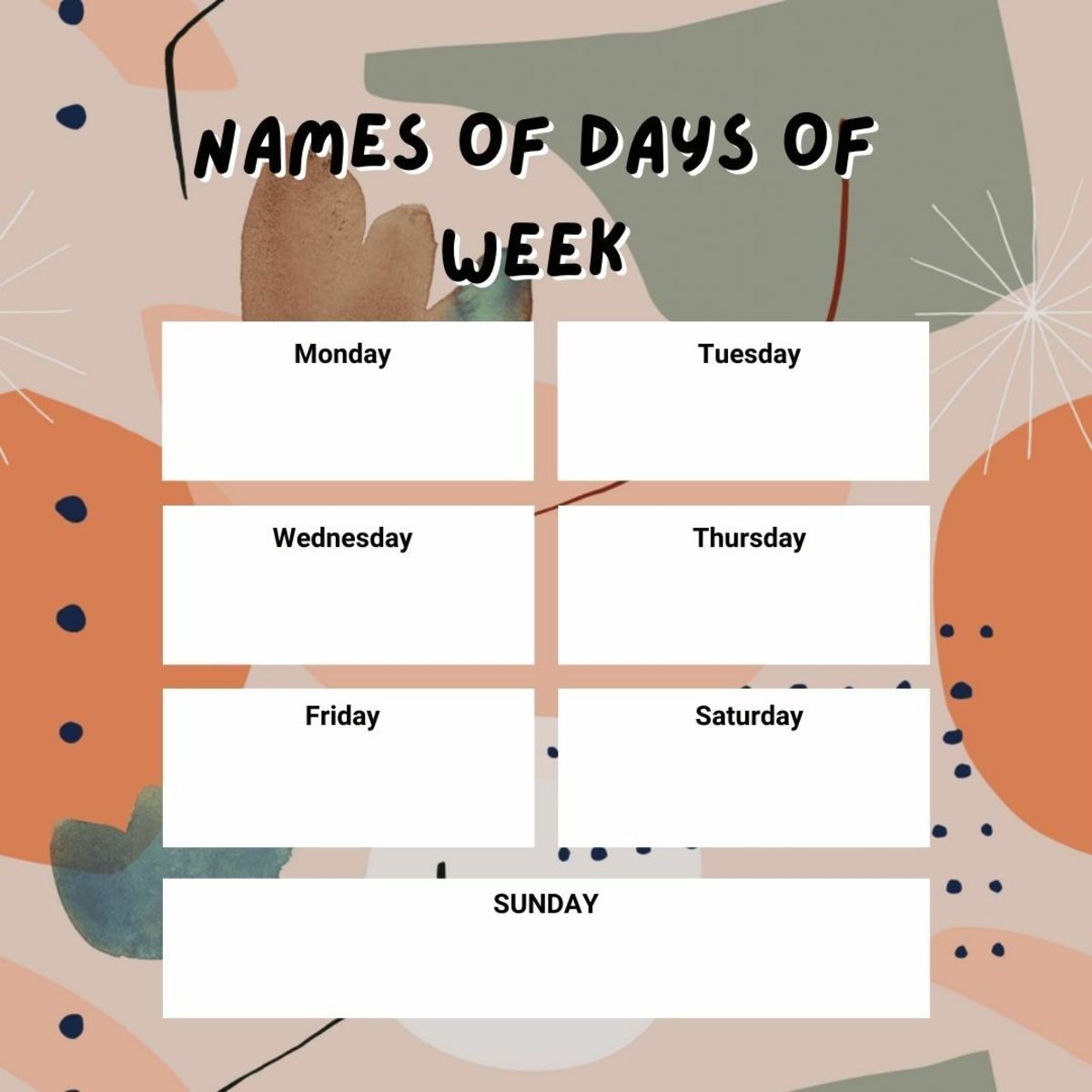Learning the Japanese language is easier than you think
How and where to start learning Japanese
When it comes to learning Japanese a lot of people may be put off by the Japanese characters (Kanji) and other phonetic symbols (Kana). I can admit, the writing system is very complex and there are 1000's of characters to lean but this should not get in the way from learning the spoken language which can be easily studied at home. Many people prefer to learn the written Japanese language themselves without a Japanese teacher, than go to Japanese Language School, I learned over 2,000 characters this method. I only used a Japanese teacher for the official Japanese proficiency tests.
There are many books which teach you from the basic using "Romaji" which is the Japanese words represented in the roman alphabet. Japanese words can be clearly pronounced and understood when read using the roman alphabet. The written Japanese language can be self taught at your own pace using flashing cards and online software to remember the characters. There is a certain stroke order for Japanese characters but not always too important as long as you keep your strokes from top to bottom and from left to right.

The Phonics of Japanese
Japanese is one of the easier languages in terms of pronunciation, so much to point that learners of Japanese often tend to over pronounce words and have difficulty being understood by native speakers.
Japanese words have the same vowels as English, a, e, i, o ,u but the sounds are quite rigid and must be pronounced the same no matter what is preceding or succeeding it. English differs in that vowel can be altered depending on the position.
All consonants in Japanese have a vowel ending apart from "n" which has nasal property to it. Other sounds which are different to English is the "Tsu" as in "Tsunami". There is no differentiation between R and L, the pronunciation is between R and L (like an "R" with the tongue softly touching the palette). The Japanese Language - especially names often have an Ry combination e.g. Ryu, Ryo. The "R" sound will be closer to an "L" here and the "Y" like an "I" sound.
Language Rhythm
Unlike Chinese which is a tonal language, the Japanese language works more around a rhythmic structure. Pauses in Japanese words can distinguish meaning. E.g. Saki - Ahead, O-saki ni - "Im off", "I'm going now". But Sakki - (the double consonant represents a pause.) means "before" or "previously". Foreigners need to be careful of this to avoid insulting e.g. "Jiiji" which the longer initial "i" is colloquial meaning for Grandpa, however "Jjij" is like saying "Old fart".
Language Syntax
The Japanese language has the S+O+V , subject, object, verb structure. Different to the English S+V+O.
Subjects and pronouns are often omitted in Japanese as long as its clear to both speaker what the subject is.
E.g. Nani wo tabemashita ka? - "What did you eat" - There is no grammatical indication of "You" but we understand from the context.
Japanese sentences are often quite short compared to other languages because a single verb contains so much information. The verb alone can show the subject, action and tense all in one.e.g.
Taberu - To eat
Taberu (Alone) - I will eat/I am going to eat.
Tabetai - I want to eat
Tabetakunai - I don't want to eat
Tabeta - I ate
Tabetenai - I have'nt eaten (yet)
Tabenai - I'm not eating.
Japanese nouns also have a simple pattern e.g.
Oishii - delicious
Oishikunai - bad taste/ awfull
Oishikatta - was delicious
Oishikunakatta - was bad
Oishii ? - Good (Rising intonation towards the end)
The above patterns are quite regular with 99% of Japanese verbs and can easily be learned within 3-6 months of studying. There of course of a lot of areas to cover in Japanese Grammar but learning the above alone is a big step into the language.
The writing system
As I mentioned before the complex writing system should not put you of from learning the spoken language. But here's an explanation of how it works.
Japanese is broken down into 4 alphabets.
1. Katakana カタカナ - A very angular phonet aphabet with around 50 characters which is normally used to represent non-Japanese or loan words, and also sounds effects.
2. Hiragana ひらがな - Carries the same phonetics as Katakana but is mainly used for grammer, e.g. subjects, articles, very modifiers. Childrens books will be mostly written in Hiragana since they have not studied the Kanji (Chinese characters) yet.
3. Kanji (Derived from Chinese characters). There are around 2,000 used in every day situations. Kanji will be, nouns, adjectives, verbs. Kanji is not phonetic like Hiragana and Katakana, they represent meanings and one character can have a number of different pronunciations depending on what precedes or succeeds it.
4. Romaji - basically the roman alphabet, this is part of the Japanese language too.
Chinese people can actually make out a lot of Japanese Characters and vice versa since they have the same roots however both languages have a completely different syntax it would be impossible to read a whole sentence.
Most popular romanized book for beginners
Greetings
Ohayou Gozaimasu お早うございます - Good Morning
Konnichiwa こんにちは - Hello
Hajimemashite はじめまして - Pleased to meet you
Oyasumi nasai お休みなさい - Good night
Mata ne またね - Goodbye (See you again)






